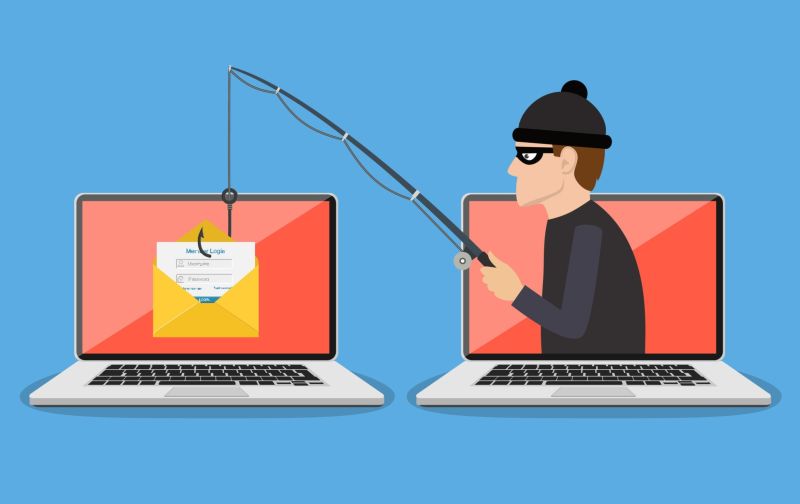Preliminary Incident Report
Email phishing attacks are more common than most people think—and they don’t just target big corporations. They can (and do) happen to any business, and when they do, the impact can be serious. In this post, we’ll walk through a recent phishing attempt that targeted one of our clients. We’ll break down what happened, how we responded, and what steps we took to prevent it from happening again. The clients name has been removed for security.
Executive Summary
- On the afternoon of 15th July 2025, the client received a phishing email from a compromised contact containing a malicious Microsoft SharePoint the client subsequently clicked on the link but reported that nothing happened.
- Shortly after interacting with the link, the attacker attempted and eventually succeeded in accessing the client’s Microsoft 365 (M365) account. Logs recovered suggested the attackers may have compromised his password but were unable to reset his Multi Factor Authentication (MFA)
- However, the attacker was able to bypass the MFA requirement and access some services such as Azure Active Directory and It is believed the attacker used a session token from the client’s previously authenticated M365 session, which would have been intercepted when he clicked the malicious link.
- During the intrusion, the attacker created and distributed a malicious file, which was then shared via a link via email to 334 of the client’s contacts, and manipulated mailbox rules to conceal activity. The email and link were of a similar nature to the one the the client’s fell victim to.
- ANother IT’s alerting rules (via their 365 Saas Alerts service) were triggered to the attack – specifically the creation of the email rule – and that the user account had been compromised triggering ANother IT to contact the user directly.
- The user did try to email for IT support, when a contact queried about an email apparently sent by him, but this was not received as outbound email had been re-routed by the attacker.
- The issue was reported early on 16th July 2025 by the clients colleague, ANother IT engineers had already reacted by temporarily locking his account and resetting the password and MFA.
- At this time no evidence has been found to confirm that any other user accounts or resources have been compromised. It appears the attacker only used the access to send further phishing emails to the client’s contacts.
Detailed Summary
- A malicious file was created and shared via SharePoint with 334 external contacts – it is believed these contacts were obtained from the client’s online address book
- An email inbox processing rule named “45u5” was created to mark all emails as read, delete them, and disable further rule processing – a typical tactic to obscure incoming alerts
At an alert rule on the Saas Alerts application, administered by ANother IT to monitor M365 activity for the client, triggered at 17:46 GMT, specifically flagging the creation of the suspicious email forwarding rule. At the time of activation, this rule was just sent to “alert” and not to take any automated action, which was the client’s choice on implementation.
At 19:12 GMT, the client attempted to notify the IT helpdesk – but outbound mail had been redirected.
Anatomy of the Attack
1. Delivery of a Phishing Link
2. Adversary-in-the-Middle (AitM) Phishing Page
3. Session Cookie Theft and MFA Bypass
4. Partial Access and Limitations
Conclusions
- The incident was the result of a credential phishing attack originating from a compromised third-party contact.
- The attacker gained access using a session token, likely obtained during the phishing process, thereby circumventing MFA protections.
- Once inside, the attacker executed a malicious file distribution campaign and implemented inbox rules to cover their tracks. However, it appears that no other malicious actions were undertaken (likely because the attacker was unable to fully bypass MFA).
- A significant delay occurred in reporting the incident, allowing the attacker to operate within the environment for over four hours and distribute phishing links to a wide audience.
Client Recommendations
1. Notification of Potential Victims
Notify all users which are believed to have received phishing emails from the client’s account, requesting that they do not click on the link.2. User Awareness Training
Reinforce ongoing user education on identifying phishing attempts, especially those appearing to come from trusted sources.3. MFA Hardening
With ANother IT, review and strengthen MFA policies by requiring app-based authentication and disabling SMS/voice-based MFA where feasible.4. Helpdesk Contact Management
Maintain up-to-date contact methods for incident reporting and clearly communicate escalation procedures to all users.5. Third-Party Risk Management
Consider notifying original sender of the broader impact and conduct a review of exposure to compromised contacts in other client environments.
ANother IT Actions
ANother IT will undertake a thorough review of this incident and implement further security lessons and training, so that the users can be better protected from similar attacks in the future. Some of these actions include:
- Reviewing existing and implementing new Saas Alerts rules to detect and automatically respond to potentially malicious actions by immediatley signing the user out of all logged in sessions to make inactive the session cookie if stolen.
- Reviewing current M365 tenant security standards and working with clients to implement stronger security baselines for all.
- Implementing phising and cyber security awareness training for all users.
* Microsoft Security Blog – “Attackers use token theft to bypass authentication in cloud environments”: https://www.microsoft.com/en-us/security/blog/2023/11/02/attackers-use-token-theft-to-bypass-authentication-in-cloud-environments


